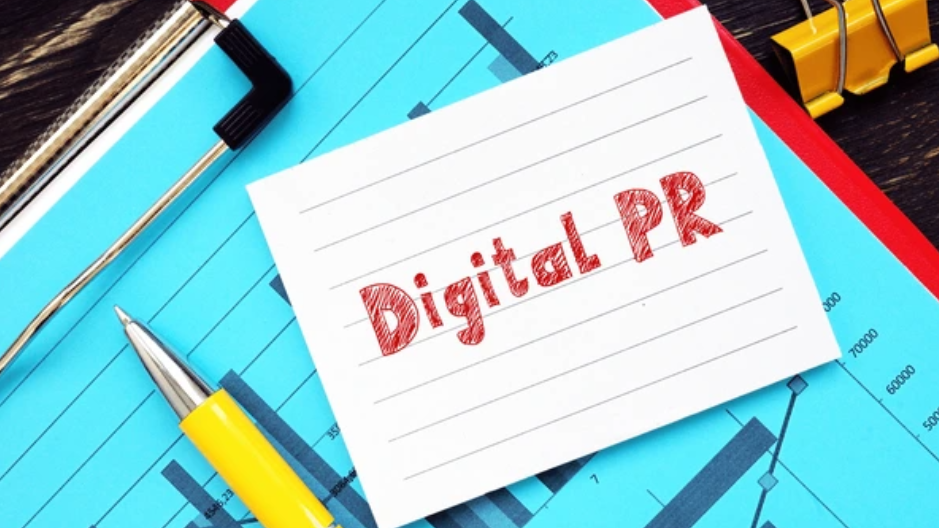Managing a brand’s reputation is essential, especially during a PR crisis such as a service disruption or product recall. Digital PR offers practical strategies for crisis mitigation and stakeholder engagement, helping to navigate challenges and rebuild trust.
What is Digital PR?
Digital PR uses online platforms to boost brand reputation, shape public perception, and build positive consumer sentiment. By engaging with stakeholders on channels like social media, brands can manage their online presence and tackle potential issues proactively.
Tools like social listening and media monitoring help companies stay in tune with public sentiment, while competitive intelligence ensures they remain responsive and aligned with their values. This approach helps during crises and strengthens trust and loyalty among consumers.
How Does Digital PR Help During Reputational Crises?
Digital PR is vital in managing reputational crises and helping brands navigate product recalls, corporate issues, or workplace concerns. Timely and transparent communication can significantly address negative feedback and restore consumer trust during such times.
Social media monitoring and sentiment analysis allow organizations to quickly spot and respond to public concerns, ensuring that their crisis response reflects the company’s core values and reassures customers.
What Are the Key Elements of Digital PR Tactics?
Social Media Monitoring:
Social media monitoring tracks brand mentions and consumer sentiment to gauge public perception and address emerging issues. Tools for social listening help brands spot trends in feedback, allowing them to respond quickly to potential crises. Techniques like sentiment analysis provide insight into the tone behind the content, while real-time analytics visualize engagement, helping brands connect with their audience, boost trust, and prevent reputational damage.
Crisis Communication Plan:
A crisis communication plan is essential for managing PR crises. It offers a structured approach with clear messaging, trained spokespeople, and rapid response protocols. Key elements such as holding statements and transparency help ensure effective communication with internal and external audiences. With well-prepared personnel, organizations can navigate crises smoothly, maintain credibility, and protect their reputation.
Online Reputation Management:
Online reputation management shapes public perception by addressing negative reviews and boosting positive sentiment. Key steps include monitoring feedback, responding promptly to complaints, and sharing positive content like testimonials. Engaging with audiences through social media builds loyalty and encourages open dialogue, strengthening the brand’s online presence and stakeholder trust.
What Are the Best Digital PR Tactics for Reputational Crises?
To manage reputational crises effectively, Digital PR tactics should address immediate concerns like negative sentiment and focus on building stronger, long-term relationships with audiences. Creating and sharing positive content, such as testimonials and community stories, can help counteract negativity and reinforce trust.
Engaging with influencers and brand ambassadors adds a relatable, human touch that resonates with consumers during difficult times, while SEO ensures that uplifting stories are easy to find. Active involvement in online communities allows brands to respond directly to feedback and demonstrate transparency.
Paid advertising, such as retargeting and awareness campaigns, can amplify positive messages and help shift perceptions. These strategies help brands stay connected with their audiences, showing they genuinely care and are committed to moving forward together.
What Are the Common Mistakes to Avoid in Digital PR for Reputational Crises?
Avoiding common mistakes in Digital PR is essential for managing reputational crises and maintaining a positive brand image. Ignoring negative comments can harm reputation, showing a lack of responsiveness. Brands should promptly and sincerely address such feedback, offering apologies and solutions and moving conversations offline when needed.
A crisis communication plan can lead to smooth responses that may escalate issues. A well-prepared plan, including a crisis response team and regular training, enables swift, coordinated actions to maintain trust. Monitoring social media and online platforms is also vital, as it provides insights into consumer sentiment and allows for proactive responses. Tools like sentiment analysis and real-time tracking help brands stay engaged and build credibility.
Finally, neglecting data and analytics limits a brand’s ability to understand public sentiment and adapt strategies during a crisis. Data-driven insights help refine responses and make stakeholder engagement more effective, enabling brands to build a resilient reputation management framework.
How Can Digital PR Help Rebuild a Company’s Reputation After a Crisis?
Digital PR is crucial for rebuilding a company’s reputation after a crisis by restoring stakeholder trust and strengthening brand loyalty, as brands like LEGO and Microsoft demonstrate. Through transparent communication and active engagement, brands can show their commitment to their values and rebuild positive consumer relationships. By implementing these crisis recovery tactics, companies address immediate concerns and lay the foundation for lasting trust and loyalty.

